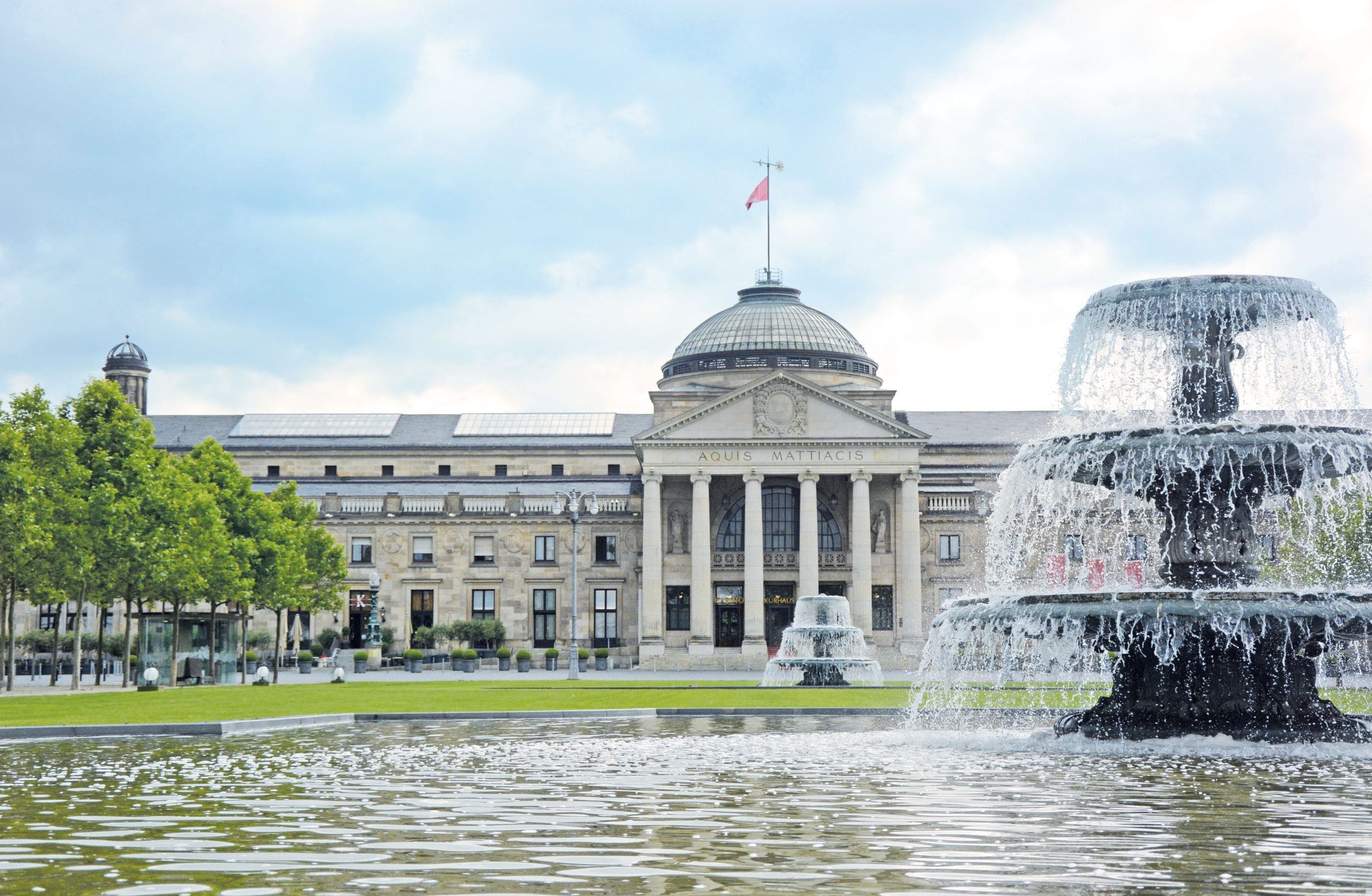The name of Wiesbaden translates as “meadow baths” but the meadows are long gone, replaced by a rich dynamic city with a long spa tradition that can be traced back to Roman times. A reputed centre for the treatment of rheumatic and orthopaedic disorders, Wiesbaden is also a perfect destination for relaxation and wellness, with attractive opportunities offered at the modern Aukammtal thermal baths and the historic Kaiser-Friedrich-Terme, built upon the remains of old Aquae Mattiacorum
The expansion of the town in the early 18th Century led to Wiesbaden’s rise to world fame as a destination for treatment and the cure, with more millionaires living there than any other city in Germany, building houses that experimented with new forms of architecture. Today, visitors can admire this well-conserved architectural heritage and, of course, take part in some of Wiesbaden’s popular festivals, including the major Rheingau Wine Festival, where to enjoy the local wines.
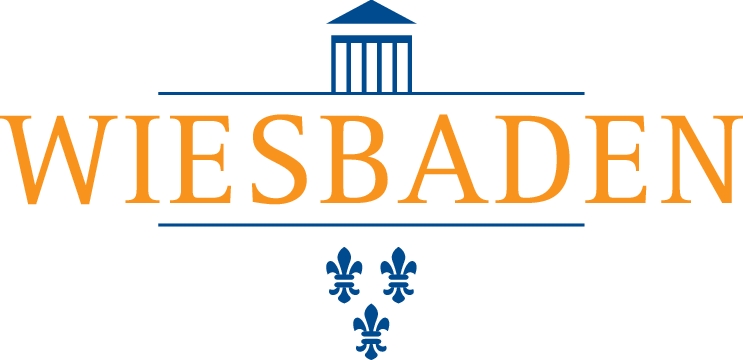
Wiesbaden Tourist Information
Historical Background
There are records for human presence (and use of the hot springs) in Wiesbaden in Prehistoric times, but is not until the Romans that we have the first traces of a permanent settlement in the area, still visible today. Around years 6 to 15 AD, Romans erected a border fort as a military base and soon the central location and the rich thermal springs gave rise to a civilian settlement and the development of spa culture. The hot water gave the town its name: Aquae Mattiacorum – the springs of the Mattiaci tribe. The thermal stablishement spread around today’s Kranzplatz, whereas the business centre was in the area of today’s Mauritiusplatz
Although the decline of the Roman Empire and the subsequent migration period caused a sharp drop for Aquae Mattiacorum, there are many indications that settlement continued during this period too. Kinsmen of the Franconian tribe settled in Wiesbaden, and they most probably kept using part of the still existing Roman spa facilities.
Einhard, the biographer of Charles the Great, provided the first written information about Wiesbaden after the Romans. He travelled through “Wisibada” in 828 and 829, and described it as a castrum, which means a fortified settlement. In the 13th century, Wiesbaden was even the imperial city for a short time, but it was repeatedly destroyed in wars and by fires in the later centuries.
At the begging of the 19th century (1806) Wiesbaden became the capital of the new duchy of Nassau and the town was systematically extended, soon developing into a classic spa towns which would rise to a world destination for treatment and cure.
Soon, the spa welcomed European nobility, but also many celebrities such as Johann Wolfgang von Goethe, the Russian poet Fyodor Dostoyevsky or Otto von Bismarck. The handover of the town to Prussia fostered its growth even more, frequently welcoming Kaiser Wilhelm I and his grandson Wilhelm III.
Carl von Ibell, who was Wiesbaden’s Lord Mayor for almost 30 years, contributed significantly to lay the foundation for a larger city: government and administrative buildings were erected, as well as the Kurhaus and the State Theatre; the services industry boomed, and the traffic infrastructure was extended. In those years, between 1880 and 1905, Wiesbaden’s population doubled and also magnificent mansions and houses were built, spreading new architecture styles like Historicism, Classicism and Art Nouveau, today landmarks of the townscape.
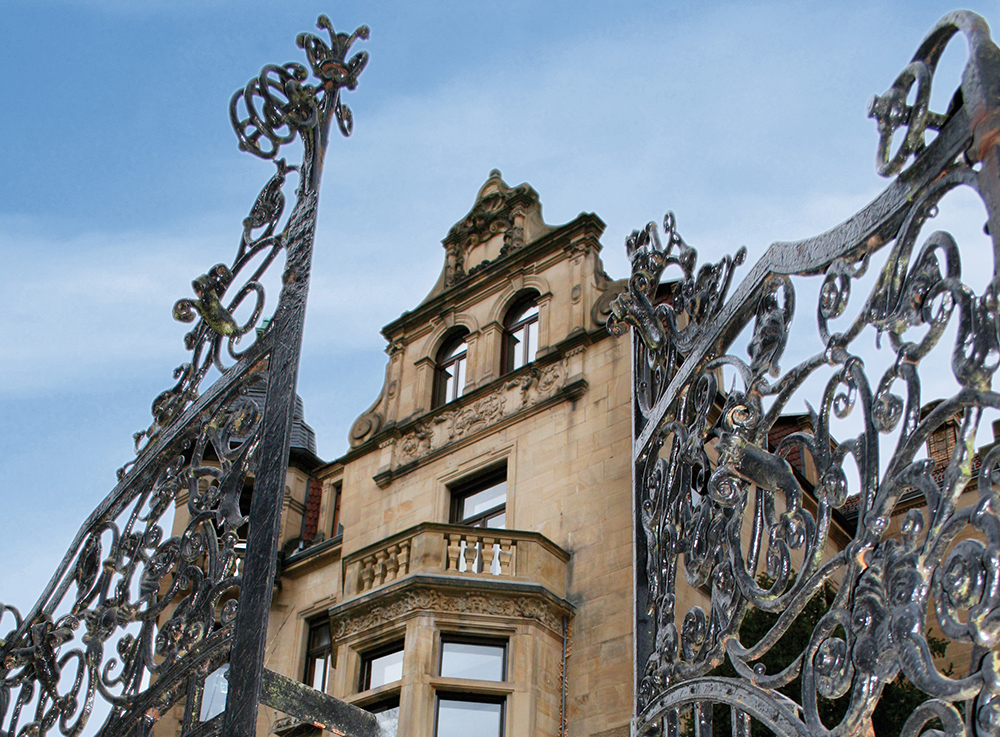
Russian writer Fiodor Dostoievski discovered the fever of gambling during a visit to Wiesbaden and its world-famous Casino.
His passion for roulette games was the inspiration for his masterpiece The Gambler, a novel set in the town of Roulettenburg, a literary disguise of the real Wiesbaden.
The waters
These days visitors to Wiesbaden can enjoy the hot waters in the thermal baths or in family-friendly swimming pools – The Opelbad on Wiesbaden’s Neroberg, which offers a fantastic view of the city, is considered one of the most beautiful open-air-pools in the region.
Many of the traditional grand hotels of Wiesbaden, such as the hotels Nassauer Hof or the Radisson Blu Schwarzer Bock have access to private thermal springs, and have developed their own spa centres to complement the public facilities. The city is also a reputed centre for the treatment of rheumatic and orthopaedic disorders, as well as rehabilitation processes.
Both the Kaiser-Friedrich-Therme and the thermal baths Aukammtal provides pampering wellness services to complement the water cures. Sauna and massages are very popular among the different spa packages available, along with Aqua gym and back strengthen courses.Beaty treatments usually include the use of a special soap, made of water from the Kochbrunnen fountain.
Main Springs
Kochbrunnen, Bäckerbrunnen, Schützenhofquelle, Drei-Lilien-Quelle, Faulbrunnen
Earliest known use
Pre-Roman
Hottest Spring
66 ºC
Chemical Elements
Hydrogen sulfide
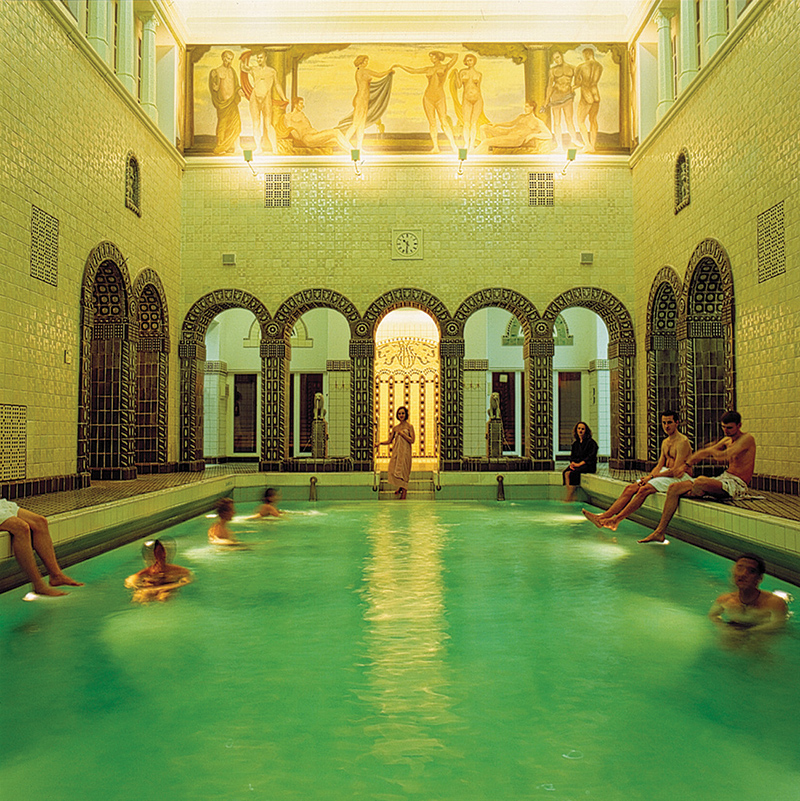
Thermal spa Kaiser-Friedrich-Therme
Even the most experienced sauna and spa fans will find a visit to the Kaiser-Friedrich- Therme an extraordinary event! Built on the former site of an old Roman sauna, the Kaiser- Friedrich-Therme restores the spa luxury of the days of the Emperor Wilhelm.
Guests can perspire in the Tepidium and the Sudatorium, like the ancient Romans, or in the Russian steam bath. A stone steam bath is available and, of course, a classic Finnish sauna, along with the Lavacrum, a cold-water dipping bath, the historical cold-water. swimming pool, and a tropical ice rain shower provide ways to cool down.
Spa facilities are completed with a fresh-air room, relaxation areas, a relaxation room with changing coloured lights, and the Quellen-Bar.
Services include a rasul steam bath in the oriental style, a sand bath, massages, cosmetic treatments and different soft-pack applications.
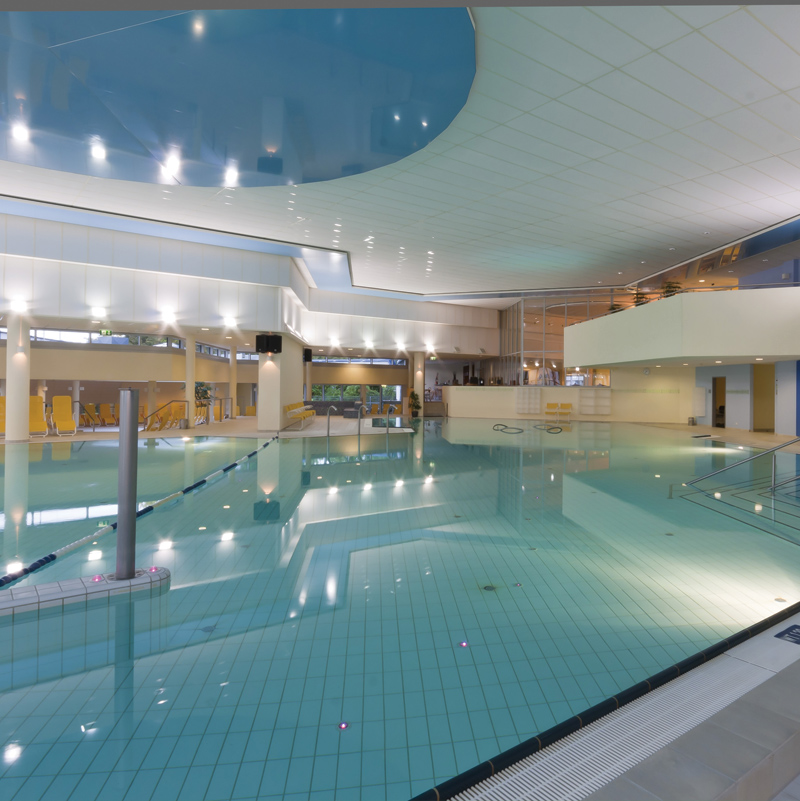
Thermal Bath Aukammtal
A swim-through channel connects the two big pools in the thermal bath. The large indoor pool (435 m²) comprises a non-swimmer area with a water depth of 1.20 meters and a swimming area that is 1.80 meters deep. Neck spray jets, massage nozzles and water massage recliners, as well as a whirlpool with special light impressions ensure additional well-being. The 450 m² large outdoor pool with depths of 1.20 to 1.35 meters is equipped with water massage recliners
Guests may take part in daily water gymnastic courses, like Aqua Workout with pool noodles and Aqua Back Strengthening.
The Aukammtal offers up to four indoor and three outdoor saunas each with a unique ambience and design. Refreshment between sauna baths is provided at the wading pool, an ice fountain and special cold showers. The “Aqua-Sauna bar“has a wide choice of refreshing beverages and snacks on offer.

